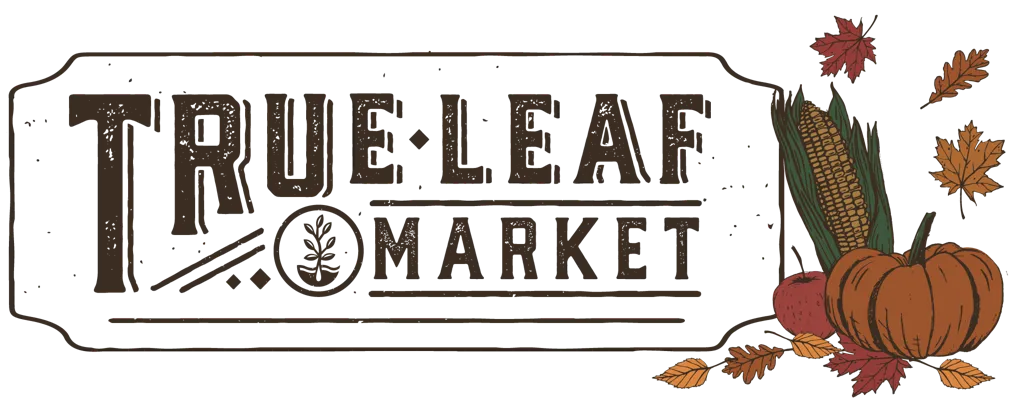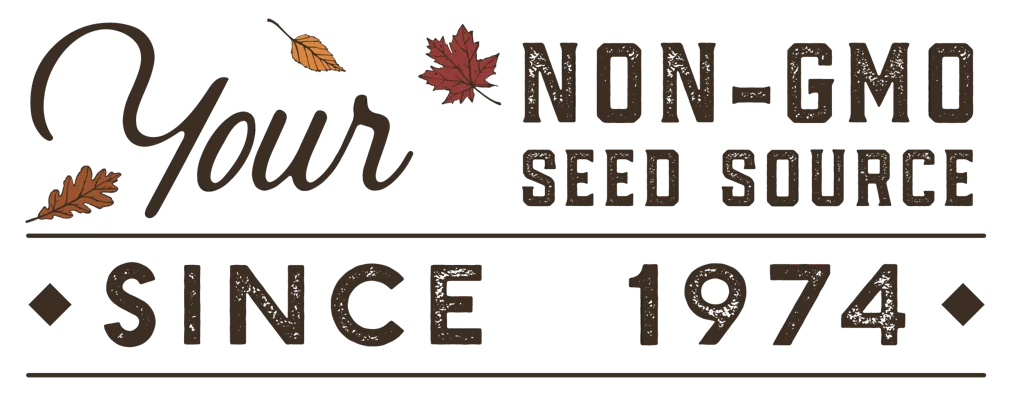Growing Non-GMO Jubilee Bachelor Button Flower Seeds
Plant seeds outdoors straight into the garden bed. Do not plant outside until after the danger of frost has passed. The highest germination rates are observed when soil temperatures are approximately 60-70 F; water in the seeds with a mister attachment or spray bottle. Expect continuous blooms from early summer until the frost comes again in the fall. Keep the seeds and surrounding soil damp until germination.
Once the seedlings are 4-5 inches high, add a layer of mulch at the base of the seeds to retain soil moisture and reduce their watering requirements. Once they are established, they have lower water requirements. Deadhead the plants to prevent them from becoming weedy. They can spread if left unchecked.
Jubilee Bachelor Button in the Flower Garden
These Bachelor Buttons will gladly attract beneficial insects of all kinds to pollinate your garden. Bachelor Button plants work well with plants, such as marigolds, bee balm, black-eyed susans, coneflowers, geraniums, snapdragons, and zinnias. They will all work together to bring in beneficial insects and add interest.
Landscape Use of Jubilee Bachelor Button
They make a fantastic choice for beds, mass plantings, and borders. They are sometimes part of wildflower mixes you can purchase and play well with other annual bloomers. Bachelor Button is known to be deer and rabbit-resistant; however, our gardeners have reported mixed success with this. These flowers are low-maintenance! One ounce covers 680 square feet, 4 pounds per acre.
About Jubilee Bachelor Button Garden Seeds
These charming Bachelor Button plants can also be used as cut flowers for an endearing cottage garden display. They add bulk, color, and texture to any bouquet or centerpiece. To harvest the blooms, cut the flower as far down the stem as possible and keep it in cold water.
This species also does exceptionally well as a dried flower because it retains its color very distinctly. As one of the few convincingly blue flowers in the plant kingdom, it is well-loved and recognized.
Expect 2 inch wide flowers reaching up to two feet above the ground.
Bachelor Button is in the same family as sunflowers and asters. The family Asteraceae is known for showy blooms and this species fits right in with the family business!
Although Bachelor Button is a wildflower and can be a bit weedy at times, it is not known to be invasive in most areas. However, it is considered invasive in North Carolina, Tennessee, Georgia, and Maryland. Check with your local extension about laws and policies if you have questions specific to your area.
The name, Bachelor Button is thought to have arisen in Victorian times when the flowers were commonly placed in the suitcoats of men’s button holes.
Bachelor Button can also be known as cornflower because it has long been a wildflower in the corn fields of Europe.
Bachelor Button plants are non–toxic to both humans and animals.
Stories From Our Gardeners
"Bachelor Button always reminds me of my first days of gardening, when I was still very new to plant identification. I saw them in the garden where I was employed and was enchanted! I still remember how I felt when I saw them for the first time."
 |
- Lara Wadsworth, True Leaf Market Writer
|
Bachelor Button Seeds Per Package:
- 2 g packet - Approximately 400 Seeds
- .25 oz - Approximately 1,400 Seeds
- 1 oz - Approximately 5,625 Seeds
- 4 oz - Approximately 22,500 Seeds
- 1 lb - Approximately 90,000 Seeds
- 5 lb - Approximately 450,000 Seeds
Non-GMO Organic Jubilee Bachelor Button seeds are available for Fast Free Shipping on qualifying orders.




















